Golden Triangle with Wildlife
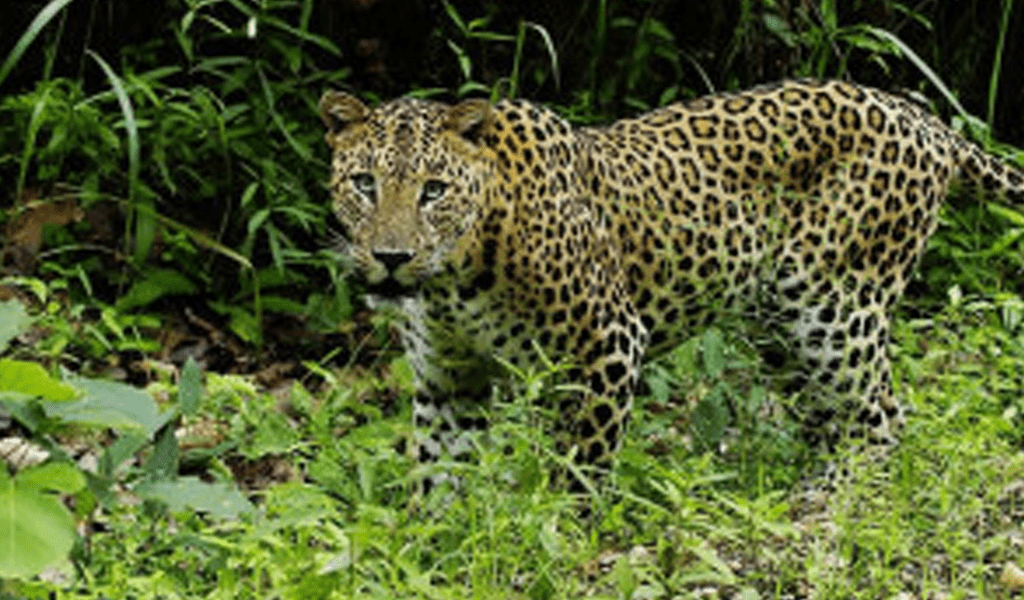
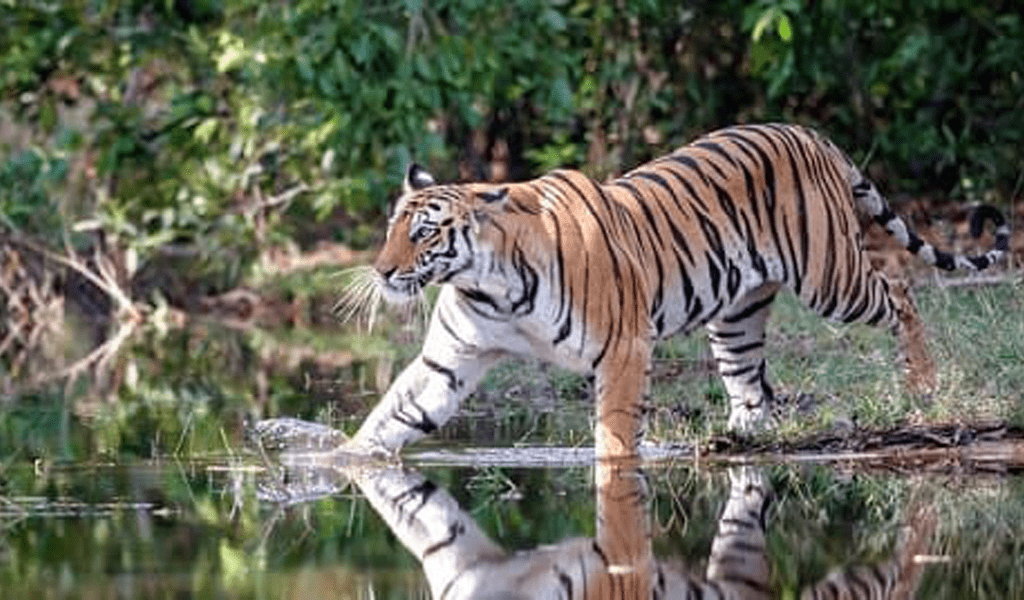
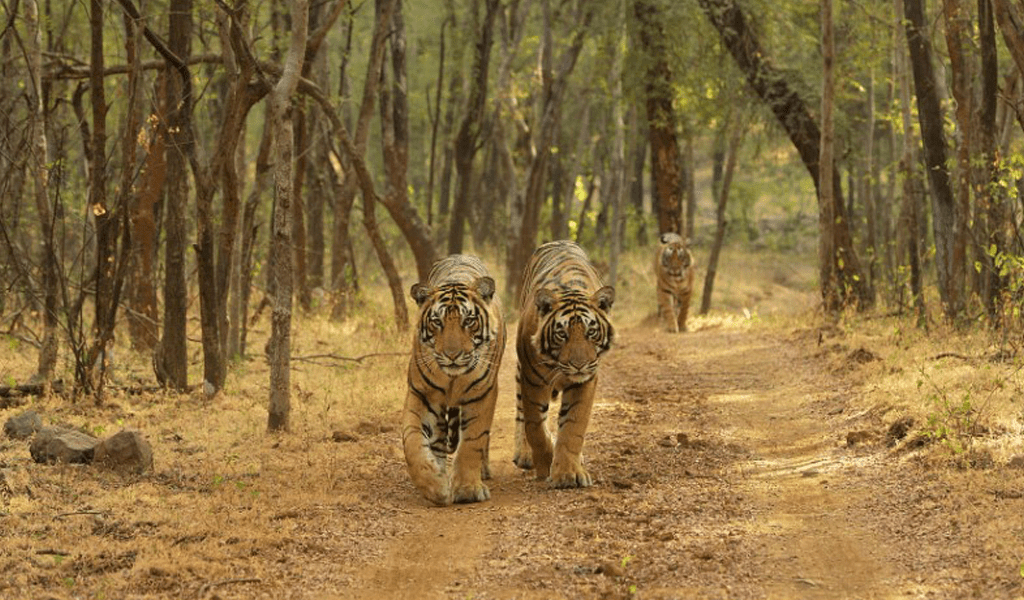
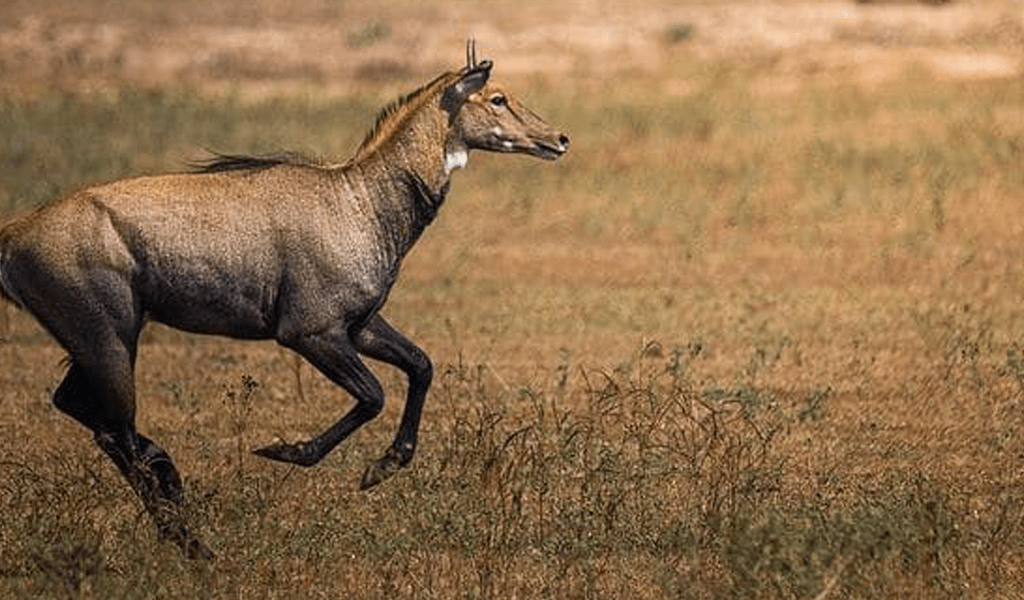
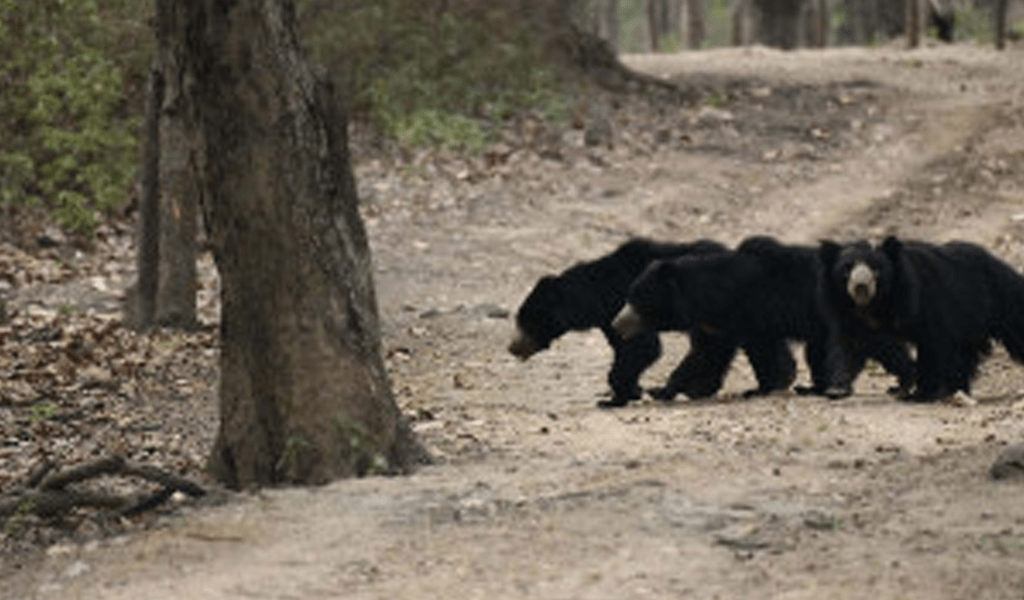
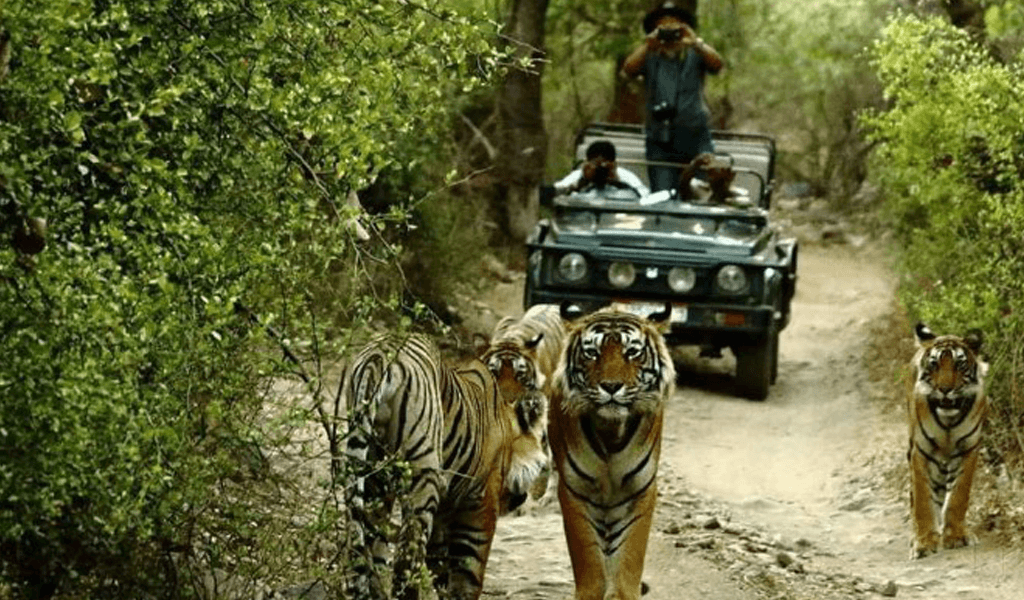
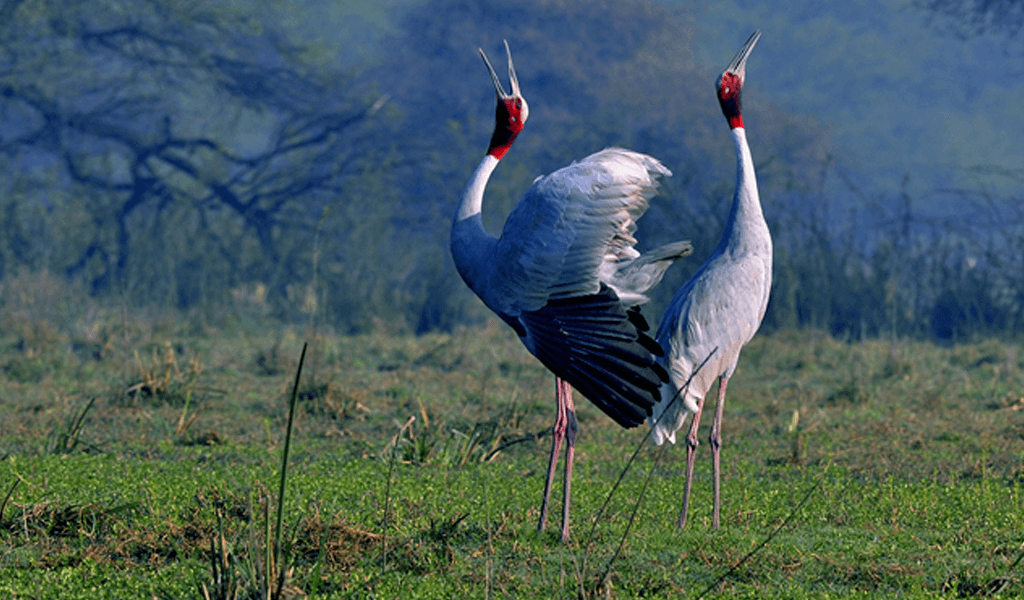
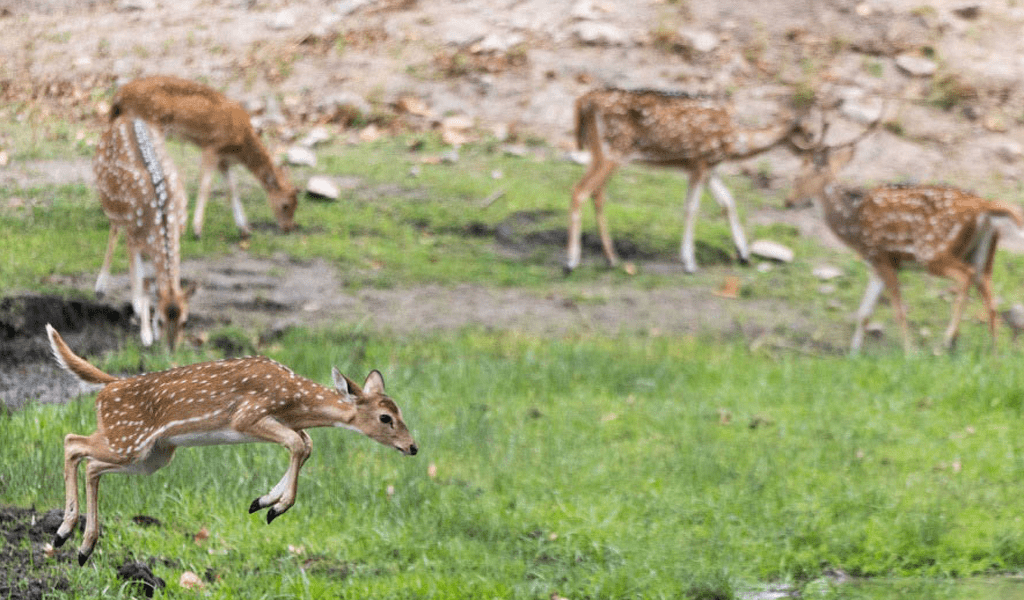
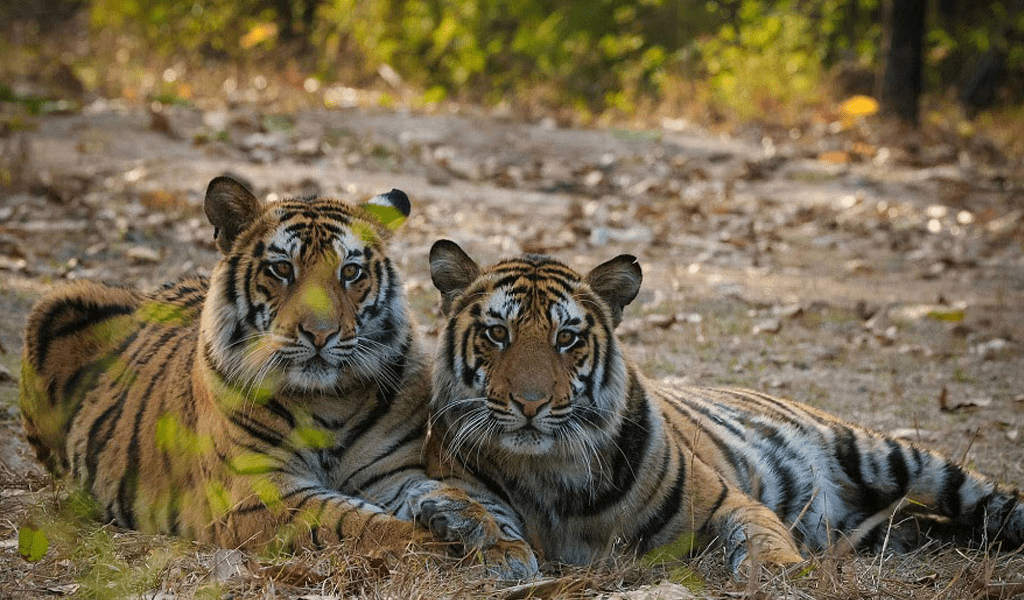
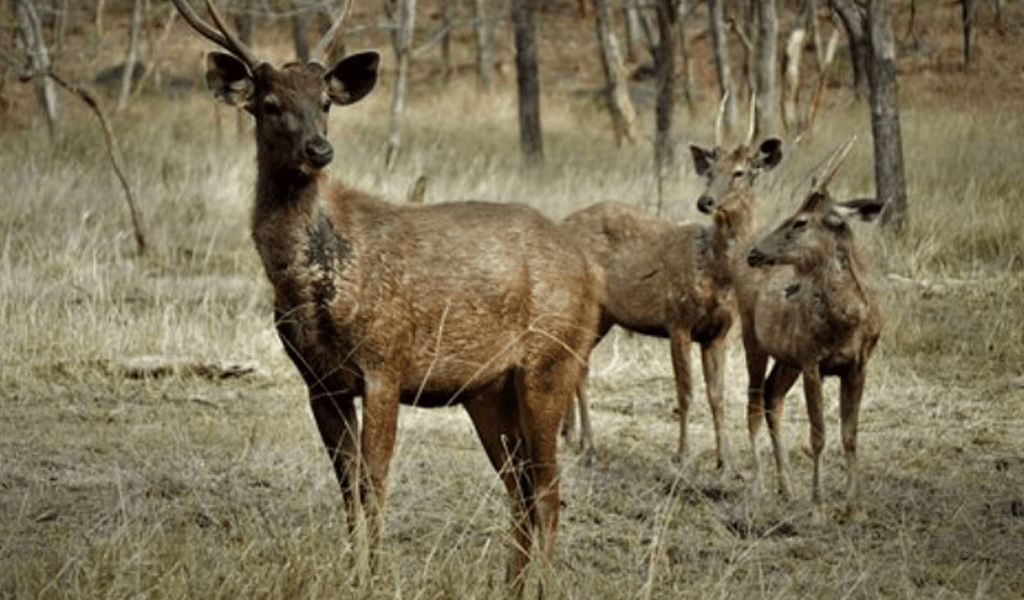
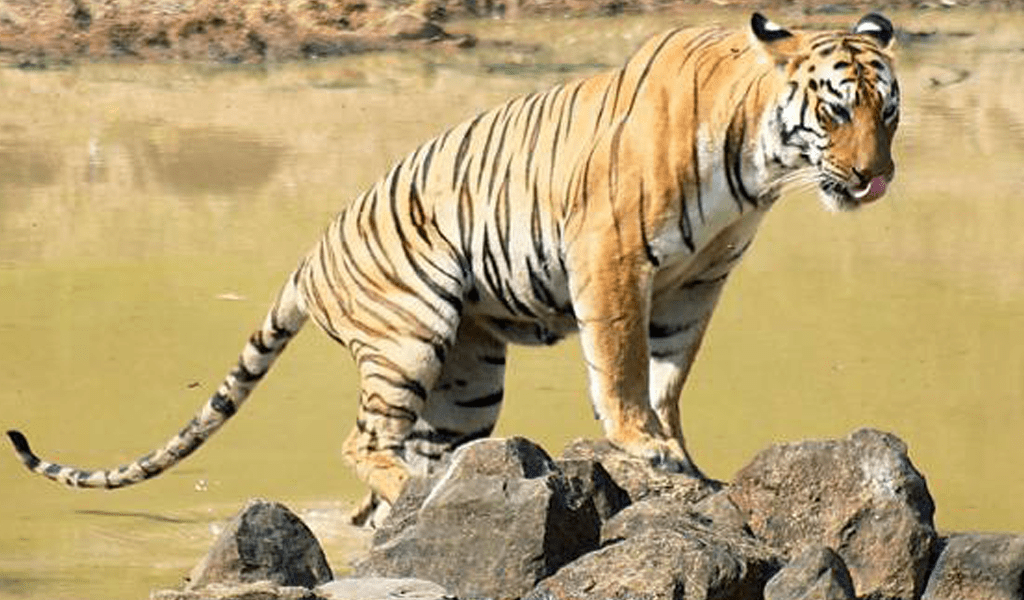
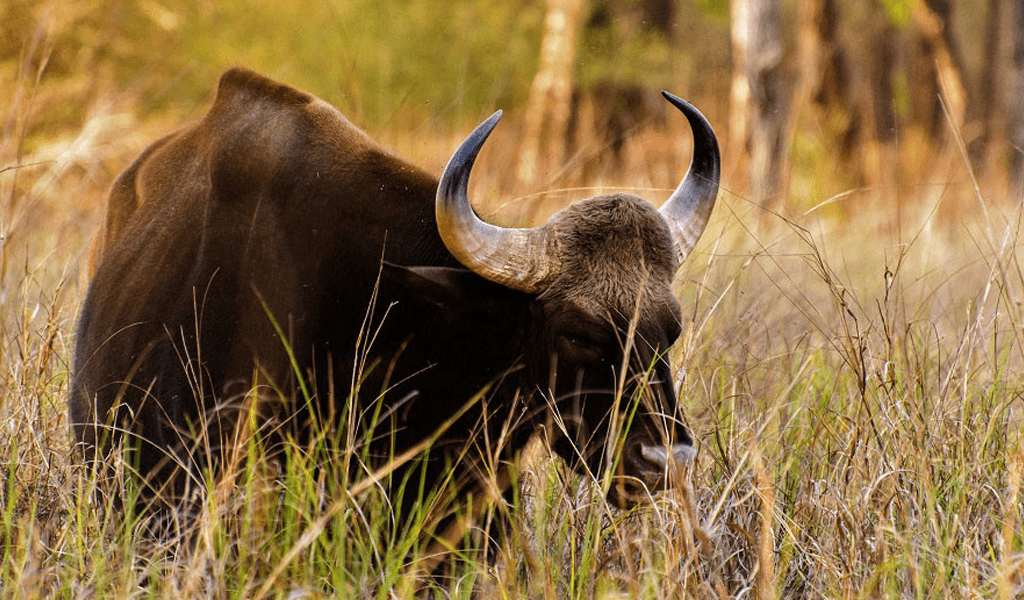
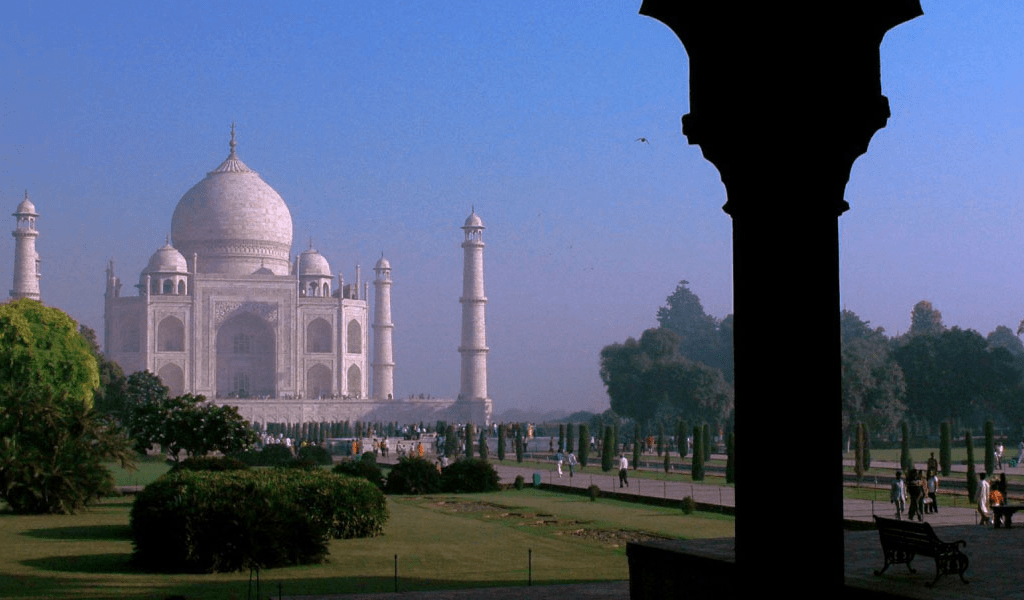
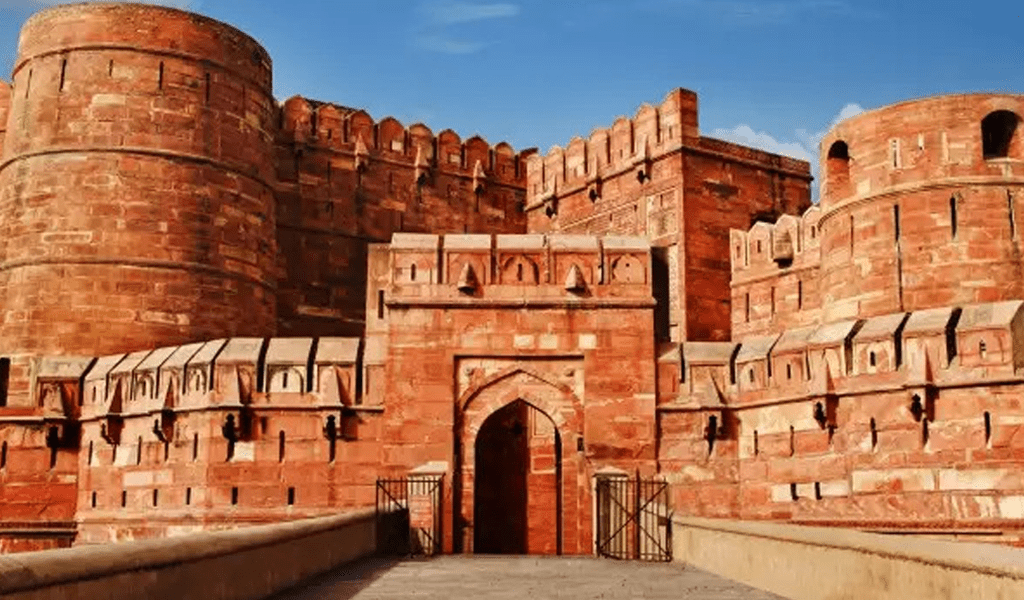
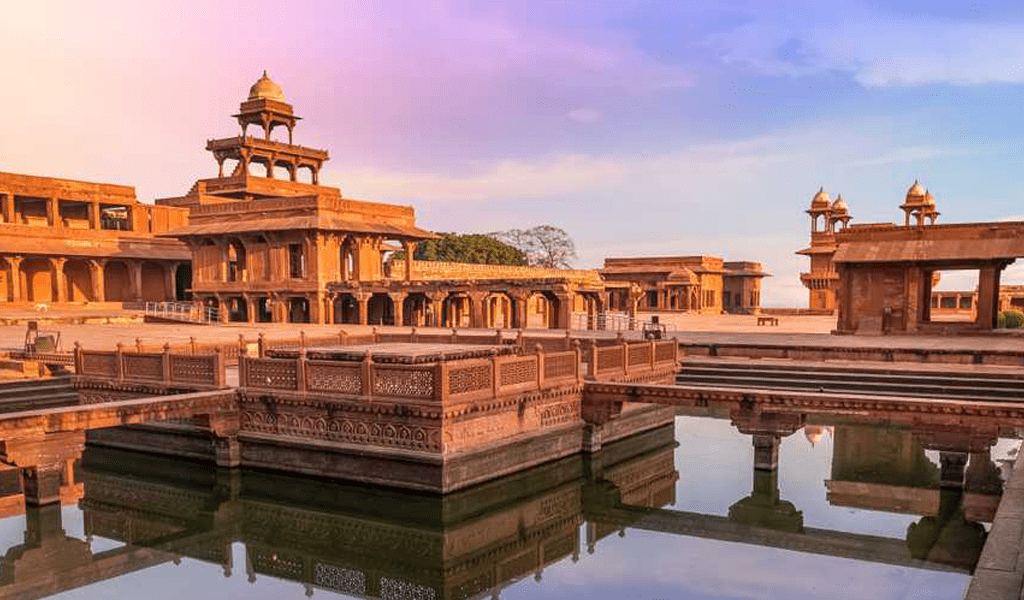
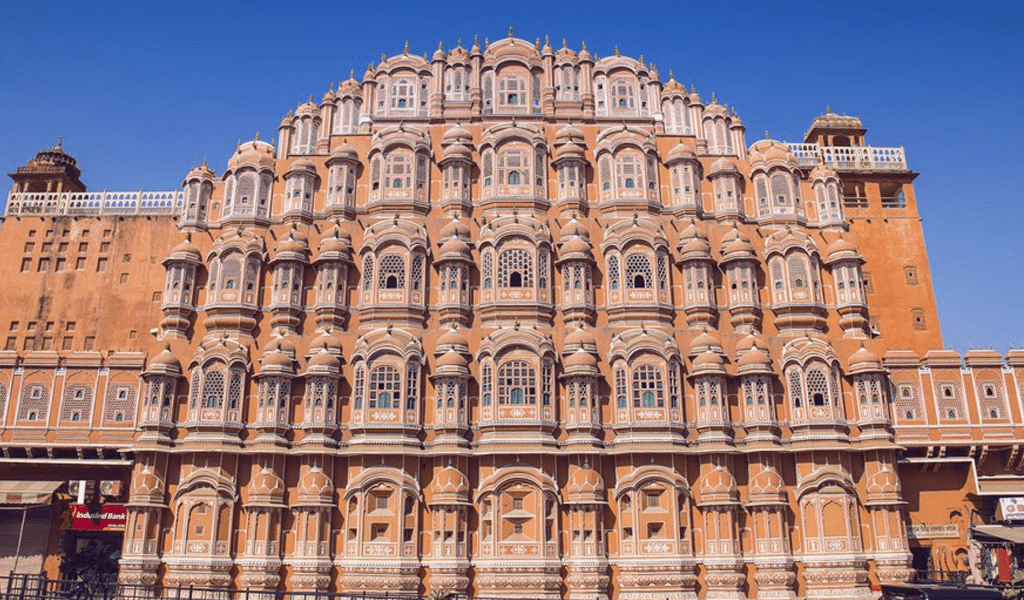
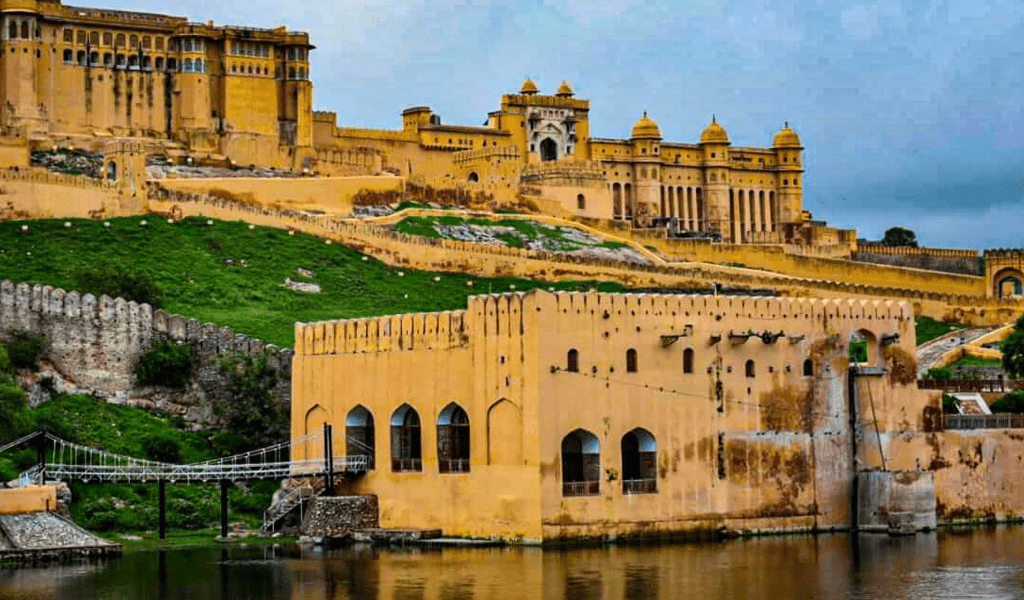
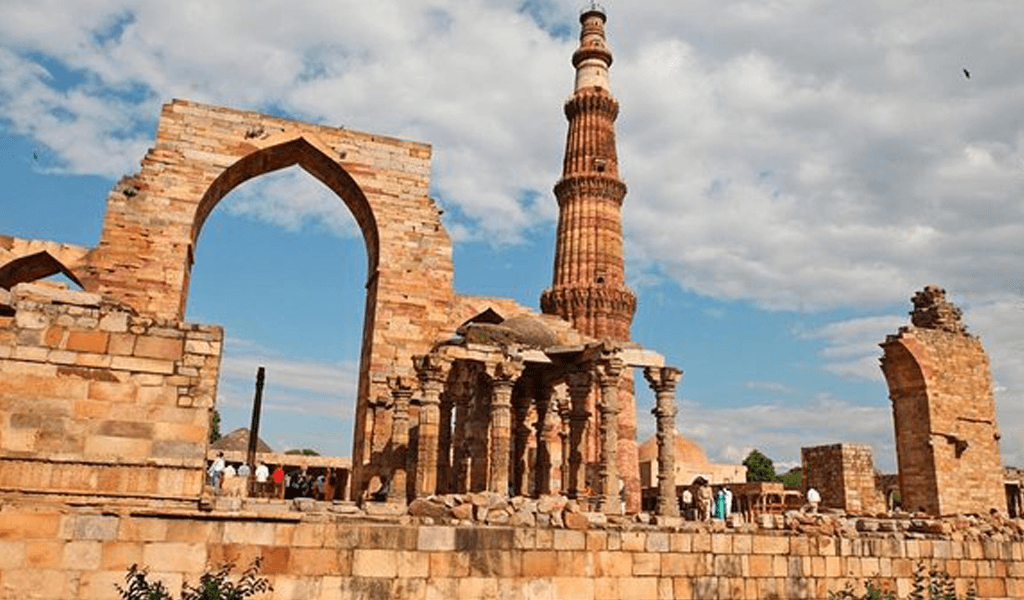
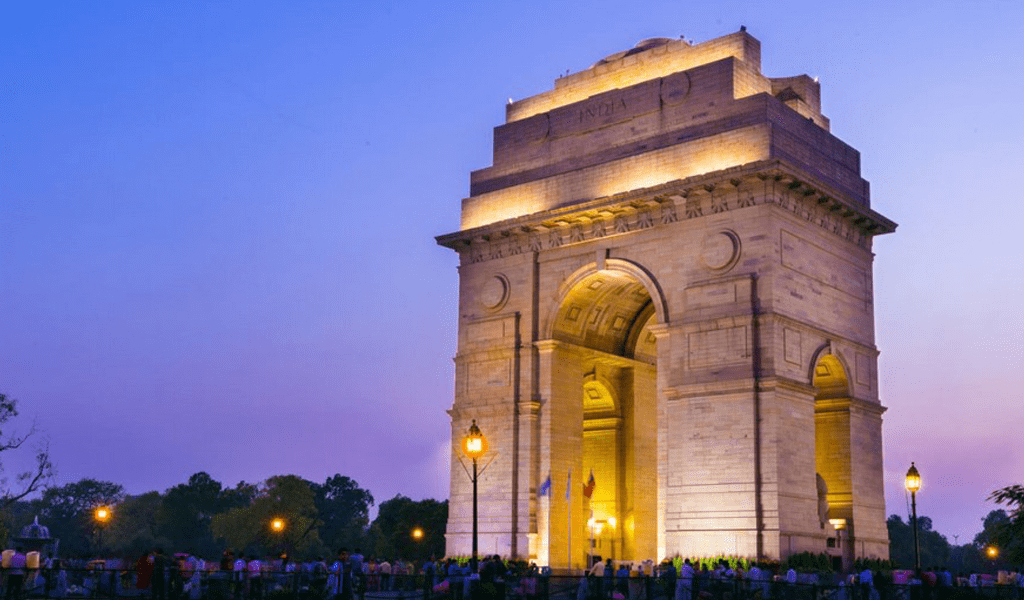
18 Nights & 19 Days
Highlights
- Meet & Assist
- Guided Sightseeing Tours
- Stay at Luxury City Properties & Wildlife Resorts
- Jama Masjid, Parliament House, Gandhi Memorial, Red Fort, India Gate, Humayun’s Tomb and Qutab Minar-Delhi
- Jeep safari, Wildlife Animals – Sariska National Park
- City Palace, Jantar Mantar, Albert Hall Museum, Jeep Ride, Amer Fort-Jaipur
- Morning & Evening Jeep Safari, Royal Bengal Tiger, Wildlife-Ranthambhore
- Rickshaw ride or Boat Ride for Bird Watching – Bharatpur
- Battery rickshaw ride at Taj Mahal Agra & Fatehpur sikri.
- Fatehpur Sikri, Taj Mahal & Agra Fort – Agra
- Train Journey Agra – Khajuraho
- Eastern & Western Groups of Temples – Khajuraho
- Morning & Evening Jeep Safari, Buffer Drive at Night For Nocturnal Wildlife, Tiger – Panna National Park
- Morning & Evening Jeep Safari, Royal Bengal Tiger, Wildlife-Bandhavgarh National Park
- Morning & Evening Jeep Safari, Royal Bengal Tiger, Wildlife-Kanha National Park
- Morning Jeep Safari, Royal Bengal Tiger, Wildlife – Pench National Park
Delhi, Sariska Tiger Reserve, Jaipur, Bharatpur Bird Sanctury, Fatehpur Sikri, Agra, Khajuraho, Panna National Park, Bandhavgarh National Park, Kanha National Park, Pench Tiger Reserve, Nagpur, Delhi
You will be met and assisted on arrival at Delhi Airport and transferred to your pre-booked hotel.
Rest of the day at leisure to relax.
With old monuments and busy neighbourhoods subtly merging with a vibrant and contemporary cosmopolitan world, Delhi, the capital of India, is a fascinating tourist destination. Poised along the banks of River Yamuna, Delhi, which is almost 1,000 years old, offers a mesmeric mosaic of experiences, both heritage and contemporary. While the former honour the elegant ageing of centuries-old Delhi, the latter reiterate that the capital is the heart of Indian democracy, and can keep pace with the most advanced of the metropolitans of the world.
Overnight stay at the hotel.
Post breakfast, proceed for sightseeing of Old and New Delhi.
Witness attractions like Jama Masjid, Parliament House, Gandhi Memorial, Red Fort and India Gate.
Post lunch, visit Humayun’s tomb and Qutab Minar.
At the end, enjoy a light and sound show at Red fort in the evening.
Overnight stay at the hotel.
Post breakfast, checkout and drive to Sariska.
The former hunting reserve of the maharaja of Alwar, the Sariska is home to a variety of flora and fauna. The park has populations of tigers, nilgai, sambar, chital etc. One can spot Indian porcupine, striped hyenas, leopards during evenings. The place is a paradise for bird lovers as it shelters a large population of Indian peafowl, crested serpent eagles, sand grouse, golden backed woodpeckers, great Indian horned owls, tree pies, vultures and many others.
Most of the landscape of the sanctuary is made of dry deciduous forests, which flank the serene Siliserh Lake in the north-east. The sanctuary is strewn with ruins of ancient temples dating back to the 10th and 11th centuries. Some of the highlights are the ruins of the Kankwari Fort and the 10th century Neelkanth temples. The way to the temples is rough, but the architecture and the Khajuraho-like carvings will simply leave the visitor in awe of the place. The temples are 30 km inside the reserve, wherein one can spot beautiful birds such as peacocks. There is also a monolithic stone statue of the Jain tirthankar, Shantinath, about 100 m away from the temples. Another interesting site of religious importance in the Sariska Sanctuary is the Pandupol, which is believed to be the place where Bhima (the strongest of the Pandavas) defeated the gigantic demon Hidimb and earned the hand of his sister Hidimba. It is also believed that Bhima took refuge here while the Pandavas were on their exile. One can find a number of langurs, peafowl, spur fowls in the area.
Declared as a Wildlife Sanctuary in 1955, Sariska acquired the status of a National Park in the year 1979.
On arrival in Sariska, check-into wildlife resort.
Later in the afternoon, proceed for jungle safari to explore Sariska National Park.
There are two type of safari options – Sariska Jeep Safari and Sariska Canter Safari.
There are two gates in Sariska, Sariska Gate and Tehla gate and each of the gate has three zones.
Jeep Safari
Approximate time for exploring the jungle of Sariska by Jeep Safari is of 3:30 hours. By this Jeep Safari, a small group of six people can explore the jungle and the wild animals in their natural habitat. Though Jeep safari can be done by any six people, but it is especially suggested for wildlife photographers as they can easily capture the unique moments of Royal Tiger and the other wild lives in their camera.
Canter Safari
Other than Jeep Safari, the option of Canter Safari is also there for the tourists to explore the jungle of Sariska. Generally open vans are called Canters and its best suits to the tourists of large group. It can accommodate 20 people at a time, and it travels in all zones.
Overnight stay at wildlife resort.
Post breakfast, checkout and drive to Jaipur.
The city of palaces and forts, interspersed with historical monuments and gardens that testify the grandeur of the Rajput kings, Jaipur is the gateway to the royal heritage of India. Also called Pink City, it remains suspended in time, with its heritage preserved in the overwhelming Hawa Mahal that gazes down at the bustling streets of Johari Bazaar.
A little away from the city centre, which is resplendent with state-of-the-art cinemas/ movie theatres, eateries, multiplexes, museums and parks, lies the arid hilly country dotted with forts that earlier stood as armoured sentinels of Jaipur. The biggest and the most awe-inspiring is the Amber Fort, which leaves one humbled with its expansive fortifications and grandeur.
Founded by Maharaja Jai Singh II in 1727 AD, Jaipur was the stronghold of the Rajputs, who gave it its everlasting legacy in the form of various heritage sites, arts and crafts, culinary curations etc. Typical Rajasthani cuisine, comprising lal maas, dal-bati-churma, ker sangri and other uncountable recipes, all hold limelight in the culinary culture of India. These can be enjoyed in the quintessential Rajasthani style of sitting cross-legged on mats on the floor and digging in the sumptuous thali, which features up to 20 dishes.
While one can enjoy the various offerings of the city as an outsider, what really sets Jaipur apart is its welcoming spirit that wins you over with its warmth. To symbolize this hospitable culture, the older part of the city was painted pink under the reign of Maharaja Ram Singh in 1876. Although this was done during the British rule when the Prince of Wales came to visit India, many houses are still adorned with the hue to reiterate their signature slogan of ‘Padharo Mhare Desh’ (Welcome to my Land).
Jaipur was designed by architect Vidyadhar Bhattacharya in the early 18th century. Through the years it has transformed into a bustling metropolis while continuing to retain its old-world charm.
A kaleidoscope of many moods and hues, Jaipur is also a fantastic shopping destination. From colourful puppets and bandhni sarees to silver jewellery and lac bangles, it offers a host of knick-knacks and souvenirs to take home along with many fond memories.
On arrival, check-into the hotel.
Later this afternoon, proceed for the Jaipur city and visit Hawah Mahal, City Palace, Jantar Mantar and Albert Hall Museum.
Overnight stay at the hotel.
Post breakfast, proceed to visit Amer Fort.
Amber Fort (Amer Fort), sitting atop a hill, and rising like a sentinel guarding the city. Commissioned in 1592 by Maharaja Man Singh I, the fort is a fine blend of Rajput and Mughal architectural styles, and boasts a grand palace, temples and several ornate gates. Built entirely of red sandstone with white marble work, the UNESCO World Heritage Site is a picture of opulence and grandeur, set against a stark desert backdrop and rolling hills.
One can either walk up the wide winding uphill road to reach the main gate of the fort or hire a jeep or elephant.
As you get closer to the massive gate, you realize why it was considered almost impregnable by the enemy, when the royal family used to reside here, before they shifted the capital to Jaipur. As you enter, you cross the Suraj Pol (sun gate), which leads to the main courtyard called Jaleb Chowk. Diagonally opposite is the Chand Pol (moon gate). From Jaleb Chowk, a flight of stairs leads up to the small Siladevi Temple, whose doors feature relief work in silver.
The main palace is up next. It includes the Diwan-e-Am (hall for a private audience with the king) with carved columns and latticed galleries, the king’s apartments, the gate Ganesh Pol with beautiful arches, and Jai Mandir or Sheesh Mahal. Stand at one of the many arched windows of the palace and take in the rolling shrub land stretching up to the horizon and the scenic Maota Lake at the foot of the fort. Even after centuries, it’s easy to imagine yourself as a Rajput king, who would stand here and survey his kingdom.
Sheesh Mahal or the mirrored palace is one of the most popular attractions here that draws the largest number of tourists. It is breathtaking with fine marble work and cut-glass and mirror inlaid designs on ceilings and walls. It is said that at night, as earthen lamps flickered inside the hall, the numerous mirrors reflected the light, creating the atmosphere of a start-lit sky.
Afterwards, return to hotel.
Afternoon at leisure to relax.
Overnight stay at the hotel.
Post breakfast, checkout and drive to Ranthambore.
Ranthambore National Park and Tiger Reserve was once the private game reserve of the royal family of Jaipur. Ranthambore’s diverse topography, with a mix of rolling hills and crags, meadows, lakes and rivulets, offers some of the finest opportunities for sighting the magnificent tiger in the wild. Apart from the tiger, other wildlife in the park includes sloth bear, leopard, jackal, fox, hyena, Indian wolf, chital, sambar deer, blue bull antelope or nilgai, rhesus macaque, langur and an incredible variety of birds. The 10th century Ranthambore fort dominates the landscape of this dry-deciduous forest.
Generally, a visit to Ranthambore means a visit to the tiger reserve here. However, the place has much more to offer. Surrounded by the Vindhya and Aravali hill ranges and located very near to the outer fringes of the Thar Desert, Ranthambore offers the best of the desert land as well as the plain area near the hills. Due to its proximity to the Thar Desert, the vegetation here is that of deciduous forest. It was declared as a game sanctuary in 1955. In 1980, it was declared as a national park and listed among the reserves protected under Project Tiger.
On arrival in Ranthambore, check-into wildlife resort.
Afternoon at leisure to relax or enjoy the facilities of the hotel.
Overnight stay at wildlife resort.
After an early breakfast, a morning jeep safari to the National Park, there is a chance to spot the elusive tiger.
Experience its lush forests that are home to Tigers, Leopards, Striped Hyenas, Sambar deer, Chital, Nilgai, and over 250 species of birds. The duration of the safari is around 3 hours and is accompanied by an experienced naturalist.
Afterwards return to wildlife resort.
In case, you missed the tiger in the morning, you have another chance of seeing it in afternoon. Head out into thick foliage for a late afternoon safari, which are the best times for the big cats to reveal themselves.
Later in the evening, return to wildlife resort.
Overnight stay at wildlife resort.
After an early breakfast, morning jeep safari in the National Park.
Afterwards, checkout and drive to Bharatpur.
Bharatpur Bird Sanctuary, or the Keoladeo National Park, shelters over 230 species of birds, with thousands of migratory birds visiting it during winters. Sight the painted stork colony buzzing with activity, feeding their young ones and nesting and breeding, get mesmerized watching the Indian darters fight in a flurry of feathers and water drops or watch the Sarus cranes, the tallest flying birds in the world. Relaxing indigenous water-feathered creatures and also transient water flying creatures and waterside winged creatures. Besides, the exotic collection of birds, you will also be able to spot Sambhar, Chital, Nilgai and Boar in this sanctuary.
On arrival in Bharatpur, check-into the hotel.
Overnight stay at the hotel.
After an early breakfast, checkout and proceed to bird sanctuary.
Enjoy a battery Rickshaw ride or a delightful boat ride in the sanctuary for bird watching.
Afterwards drive to Agra, en-route visiting Fatehpur Sikri.
Mughal emperor Akbar built his capital at Fatehpur Sikri between 1572 and 1585 AD. It was constructed using red sandstone. It is said that the emperor, who wished for a son, went to Sikri to get blessed by sufi saint, Sheikh Salim Chishti. He was soon blessed with a son and was prompted to establish his capital here, building a beautiful mosque and three palaces, one each for his three favourite wives. He named the city Fatehpur Sikri, meaning the city of victory. Likewise, he also named his son Salim, after the saint who had blessed him.
On arrival in Agra, check-into the hotel.
The city of the Taj Mahal, one of the seven wonders of the world, Agra is a popular tourist destination. Steeped in history, this ancient city is dotted with monuments, architectural wonders and beautifully landscaped gardens, which are remnants of the Mughal reign’s majestic legacy. The city also enjoys a vibrant culinary scene while preserving its exquisite arts and crafts.
Agra finds a mention in the epic Mahabharata, where it is referred to as ‘Agraban’ or an integral part of the Braj Bhumi or the land of Lord Krishna. A lot of significant historical events in the city are said to have unfolded during the reign of Raja Badal Singh, a Sikarwar Rajput king, who is believed to have founded the city in 1475.
Agra transformed into a hub of art, culture, learning and commerce. The city’s lip-smacking food, awe-inspiring monuments, and arts and crafts stand as relics of this illustrious antiquity. Its rich repertoire of arts and crafts has seeped into its modern personality too: Agra is a haven for crafts like marble and soft stone inlay work.
Overnight stay at the hotel.
Early morning, visit Taj Mahal by the “Rising Sun” – return to the Hotel for breakfast.
Taj Mahal a UNESCO World Heritage Site, it is featured in almost all literature about India and is one of the most enduring images of the country. Its name is believed to have been drawn from the Persian language: ‘Taj’ means crown and ‘Mahal’ means palace, thus making this the palace of the crown. Interestingly, the queen it was built in memory of, originally named Arjumand Begum, held the name Mumtaz Mahal, which meant the crown of the palace. Although it is best known as a symbol of love, a grieving emperor’s ode to his deceased queen, another legend sees the Taj Mahal as an embodiment of Shah Jahan’s vision of kingship. The story goes that he sought to build something akin to heaven on earth, a spectacular, unbelievably beautiful monument that reinforced the power as well as the perceived divinity of the monarch as next only to the Almighty.
It is also widely believed that emperor Shah Jahan invited artisans from Italy and Persia to work on this marble monument. A fascinating aspect of this structure is that it looks the same from all four sides, except the one that faces the River Yamuna. This side is said to have been especially embellished to serve as the main entrance for the emperor. Shah Jahan would approach the Taj Mahal from the river, aboard a barge, while the entrance used by tourists today served, at the time, as an entryway for soldiers and common people. There are intricate inscriptions on all four entrances, while marble carvings and pietra dura mosaics adorn the walls. Lapis-lazuli, cornelian, mother-of-pearl, agate and emerald are some of the precious gems and stones that were once used in its design. It is said that work on its construction began in 1631. Legend has it that it took 20 years to complete this architectural marvel.
It is also riddled with optical illusions and masterful architectural safeguards. As one first beholds the monument from the main gate, for instance, the Taj Mahal looks large and imposing, but as you move closer, it appears to shrink in size. Also, the minarets surrounding the edifice, while perfectly upright to the naked eye, have actually been constructed to lean away from it so that, should a disaster like an earthquake come about, they would fall away from and not on the mausoleum.
Post breakfast, visit Agra Fort.
Built by Mughal emperor Akbar in 1565 AD, Agra Fort is a majestic sandstone built as an ode to the magnificence of the Mughal empire. Encompassing within its 2.5-km-long enclosure walls a stunning imperial city, the fortress is shaped like a crescent, its eastern wall flanked by the River Yamuna. It is said that the construction of the fort was originally begun by emperor Akbar, but completed by his grandson Shah Jahan, who added most of the marble monuments here. There were originally four gates for entrance, two of which were walled up, and only one is open today – the Amar Singh gate.
Agra Fort is widely considered to be a masterpiece of planning, design and construction. Some of its other internal structures include the stunning Moti Masjid, Diwan-i-Khas (hall of private audience) and Diwan-i-Aam (hall of public audience), once home to the legendary Peacock Throne that was eventually taken to Red Fort in Delhi when Shah Jahan shifted his capital there. There are two prominent mosques inside the fort – Nagina Masjid was built by Shah Jahan as a private mosque for the ladies of the court and Mina Masjid is believed to have been built by him solely for his own use.
Afternoon at leisure to explore the market.
Overnight stay at the hotel.
After breakfast, transfer to Agra Railway Station for Shatabadi train to Jhansi departing at 0800hrs.
Meet & assist on arrival at Jhansi Railway Station and transfer to Khajuraho by car.
If stones could speak, the Khajuraho temples would create melodies. Situated in Madhya Pradesh and cradled by the Vindhya mountain range, the heritage town of Khajuraho is famed for being home to the UNESCO World Heritage Site listed temple complex that features Hindu and Jain houses of worship. These temples are famous for their stunning intricate sculptures depicting different aspects of life: spirituality, love, friendship, sports, royalty and most significantly, awe-inspiring art. Based on their geographical location, the temples are categorized into three groups: Eastern, Western and Southern. Believed to have been built in a relatively short period of time spanning over 100 years, i.e., between 950-1050 AD, the complex boasts 22 temple structures that remain from the initial group of 85. Forgotten for centuries, they were rediscovered in the 1850s and restored.
The temples were conceived and built under the rule of the Chandela dynasty. The ornate craftsmanship transforms the life-like sculptures on the temple walls into works of art and is an ode to life, love and joy.
There is an interesting story about how the town got its name. It is said that as the Chandela rulers began constructing the temples, they got the entire area enclosed by a wall. The wall had eight gates flanked on either side by khajur or date palm trees, which are found in abundance in this region. The temples were, thus, called khajura vatika, or bearing khajura.
On arrival in Khajuraho, check-into the hotel.
Overnight stay at the hotel.
Post breakfast, checkout and proceed for the Khajuraho sightseeing tour.
Explore the Eastern and Western groups of temples and witness the architectural beauty. Visit Laxmi & Varaha temples, Kandariya Mahadev temple, and Devi Jagdambi temple.
Post sightseeing, drive to Panna National Park.
On arrival, check-into the wildlife resort.
With the meandering Ken River and spectacular waterfalls, this tiger reserve attracts both wildlife enthusiasts and adventure seekers. Besides tigers, one can spot the gharial, a huge reptile of the crocodile family found only in the Indian subcontinent, and a variety of flora and fauna here.
Enjoy, afternoon jeep safari in Panna national park.
Evening at leisure to relax or enjoy resort facilities.
Overnight stay at wildlife resort.
Today, early morning jeep safari to Panna National Park.
Being a home to various animals, Panna is one of the best destinations to spot wildlife.
Later return to the resort for breakfast.
Post lunch, get ready for the afternoon jeep safari to the park.
Buffer drive at night for nocturnal wildlife, with the genuine chance to see Leopard, Sloth Bear and Hyena.
Overnight stay at wildlife resort.
Post breakfast, checkout and drive to Bandhavgarh National Park.
On arrival, check-into the wildlife resort.
Bandhavgarh, a world-famous tiger reserve where India’s first white tiger was found, is a must-visit. The tiger density here is one of the highest known in India. Bandhavgarh is spread over the Vindhya mountain range and is home to more than 22 species of mammals, 250 species of birds and 70 species of butterflies. It also boasts a variety of vegetation and landscapes of tall grass and thick sal forests. This facilitates the survival of a large range of animals and birds in the forest. Primate species like common langur and rhesus macaque can also be found here. The reserve offers jeep safaris as well as elephant safaris to provide travellers with unique experiences.
Afternoon at leisure to relax, in the evening take a pleasure walk to the nearby forest or enjoy resort facilities.
Overnight stay at wildlife resort.
Morning & afternoon tiger safari in Bandhav National Park.
There are three key zones in Bandhavgarh tiger reserve and in recent years due to the growth of the tiger population, the chance to see tigers is high in all of them. Client favourites based on history and pedigree tend to be Tala or Magadhi; but Khitoli should not be underestimated. The other wild attractions in the park include Leopards, Blue bulls, Indian Gaur (Bison), Chausingha (Four Horned Antelopes), Spotted deer, Samber deer, Wild boar, Sloth bears fox, Jackals, Wild Dogs etc. There are at least 22 mammal species and about 250 bird species. The other animals found in Bandhavgarh are Ratel, Porcupine, Small Indian civet, jungle cat and shy hyenas.
Evening at leisure.
Overnight stay at wildlife resort.
Early morning, jeep safari to Bandhavgarh National Park.
Return to resort for breakfast.
Post breakfast, checkout and drive to Kanha National Park.
On arrival, check-into the wildlife resort.
Home to the majestic royal Bengal tiger, Kanha National Park is spread over a core area of 917 sq km. It is commonly believed that this reserve, with its lush green meadows and thick Sal forests, so enchanted the English author Rudyard Kipling that he used it as background for his iconic novel ‘The Jungle Book’. Kanha also holds the distinction of bringing back the barasingha (swamp deer) from the brink of near extinction. It is also home to other majestic animals like leopard and wild dogs. The award-winning National Geographic film, ‘Land of the Tigers’ was also shot here. The sprawling acres of lush verdant greens of the reserve offer many incredible natural views.
A safari through the reserve where one can sight animals in their natural habitat is indeed an unforgettable experience.
Considered to be one of the best-managed parks in Asia, Kanha Tiger Reserve was created in 1974 as part of Project Tiger. It is known for the stringent conservation programmes to preserve flora, fauna and the local ecosystem. During winter months, the park has many migratory birds and hence birdwatching opportunities are ample.
Afternoon at leisure to relax, in the evening take a pleasure walk to the nearby forest or enjoy resort facilities.
Overnight stay at wildlife resort.
Today, early morning jeep safari to Kanha National Park.
Being a home to various animals, Kanha is the best destination to spot wildlife.
Later return to the resort for breakfast.
Post lunch, get ready for the evening jeep safari to the park.
Evening at leisure to relax, or enjoy resort facilities.
Overnight stay at wildlife resort.
Early morning, jeep safari to Kanha National Park.
Return to hotel for breakfast.
Post breakfast, checkout and drive to Pench Tiger Reserve.
On arrival, check-into the wildlife resort.
With a picturesque vista and a treasure of flora and fauna, Pench Tiger Reserve is an ideal camping site for adventure and wildlife enthusiasts. Some of the fauna you can spot are the royal Bengal tiger, chital, wolf, Indian leopard, gaur, four-horned antelope, sloth bear etc. Furthermore, a great variety of birds like crow pheasant, peafowl, pintail, lesser whistling teal, Indian roller, wagtail, munia, waterfowl, blue kingfisher, crimson-breasted barbet, red-vented bulbul are also found here.
The reserve draws its name from the Pench river that flows through the park from North to South, dividing it into two equal Western and Eastern halves. Out of these, one falls in the Seoni and the other falls in the Chhindwara district. Pench was declared a tiger reserve in 1998-99.
Post lunch, enjoy a jeep safari to Pench Tiger Reserve.
Evening at leisure to relax or enjoy resort facilities.
Overnight stay at wildlife resort.
Early morning, jeep safari to Pench Tiger Reserve.
Return to resort for breakfast.
Post breakfast, checkout and drive to Nagpur airport for flight to Delhi.
On arrival at the New Delhi Airport. You will be assisted and transferred to International Airport for flight to onward destination.
Golden Triangle with Wildlife
- Starting from Euro 2991 per person for 18 Nights & 19 Days based on best rating 3 Star Hotels for two paying pax.
- Starting from Euro 3161 per person for 18 Nights & 11 Days based on best rating 4 Star Hotels for two paying pax.
NOTE :
- Above rates valid from 01 Oct 2024 to 31 March 2025
- Prices given above not valid during festive season (Dussehra / Diwali / Christmas / New Year) Long Weekends & blackout dates.
Inclusions
- Taj Mahal visit at sunrise.
- Jeep Ride at Amber fort in Jaipur.
- Assisted arrival & departure transfers.
- Mineral water bottle available in the car.
- Monument entry charges as per the itinerary.
- Train Journey from Agra to Jhansi in AC Chair Car.
- Battery Rickshaw ride in Fatehpur-sikri, Taj Mahal-Agra.
- 1 Exclusive Jungle Jeep Safari in Sariska National Park.
- 2 Exclusive Jungle Jeep Safari in Ranthambhore National Park.
- 2 Exclusive Jungle Jeep Safari in Panna National Park.
- 2 Exclusive Jungle Jeep Safari in Bandhavgarh National Park.
- 2 Exclusive Jungle Jeep Safari in Kanha National Park.
- 1 Exclusive Jungle Jeep Safari in Pench National Park.
- Toll tax, Parking, driver expenses and all other applicable taxes.
- Exclusive Battery Rickshaw ride in Bharatpur Bird sanctuary with naturalist.
- English speaking guide for all sightseeing tours as per the program in Delhi, Jaipur, Agra & Khajuraho.
- 18 Nights’ Accommodation on Twin/Double sharing with daily buffet breakfast in 3 / 4 Star category hotels in Delhi, Jaipur, Agra, Khajuraho & Accommodation on Twin/Double sharing with all meals at Jungle Resorts in Sariska, Ranthambore, Panna, Bandhavgarh, Kanha & Pench.
- Exclusive Air Condition private car for airport transfers, sightseeing, and excursions as per the program, with well experience, professional driver.
Exclusions
- Visa
- Travel & health insurance.
- Any Domestic / International flight fare.
- Any extra meal not mentioned in the inclusions.
- Camera fees in Monuments and parks where applicable.
- Anything that not specifically mentioned in above inclusions.
- Festive season (Dussehra / Diwali / Christmas / New Year) Long Weekends & blackout date supplements.
- Any increase in fuel price, government and state taxes shall be charged extra at the time of confirmation.
- Personal nature Expenses i.e. Telephone Calls, Laundry, Soft / Hard Drinks, Meals, Tipping, Portage & items of personal nature etc.
- Any expenses for unfortunate circumstances like cancellation/flight delay/hike in fare or for any other similar reason or for natural calamities.
Payment Policy
- 30% of the Invoice value at the time of Reservation (Soon after you receive the confirmation mail and invoice).
- 70% of the Invoice value 60 days before arrival.
Cancellation policy
- Hotels cancellation as per hotels policies.
- Flight cancellation and refunds as per airlines policies.
- Cancellation request on telephone will not be accepted.
- Only written request for cancellation by official email will be accepted.
- Cancellation received 60 days before check-in date: 10% of invoice amount (banking fee + administration fee).
- Cancellation received 59-45 days before check-in date: 25% of invoice amount (banking fee + administration fee).
- Cancellation received 44-30 days before check-in date: 40% of invoice amount (banking fee + administration fee).
- Cancellation received 29-15 days before check-in date: or No Show: No Refund.
